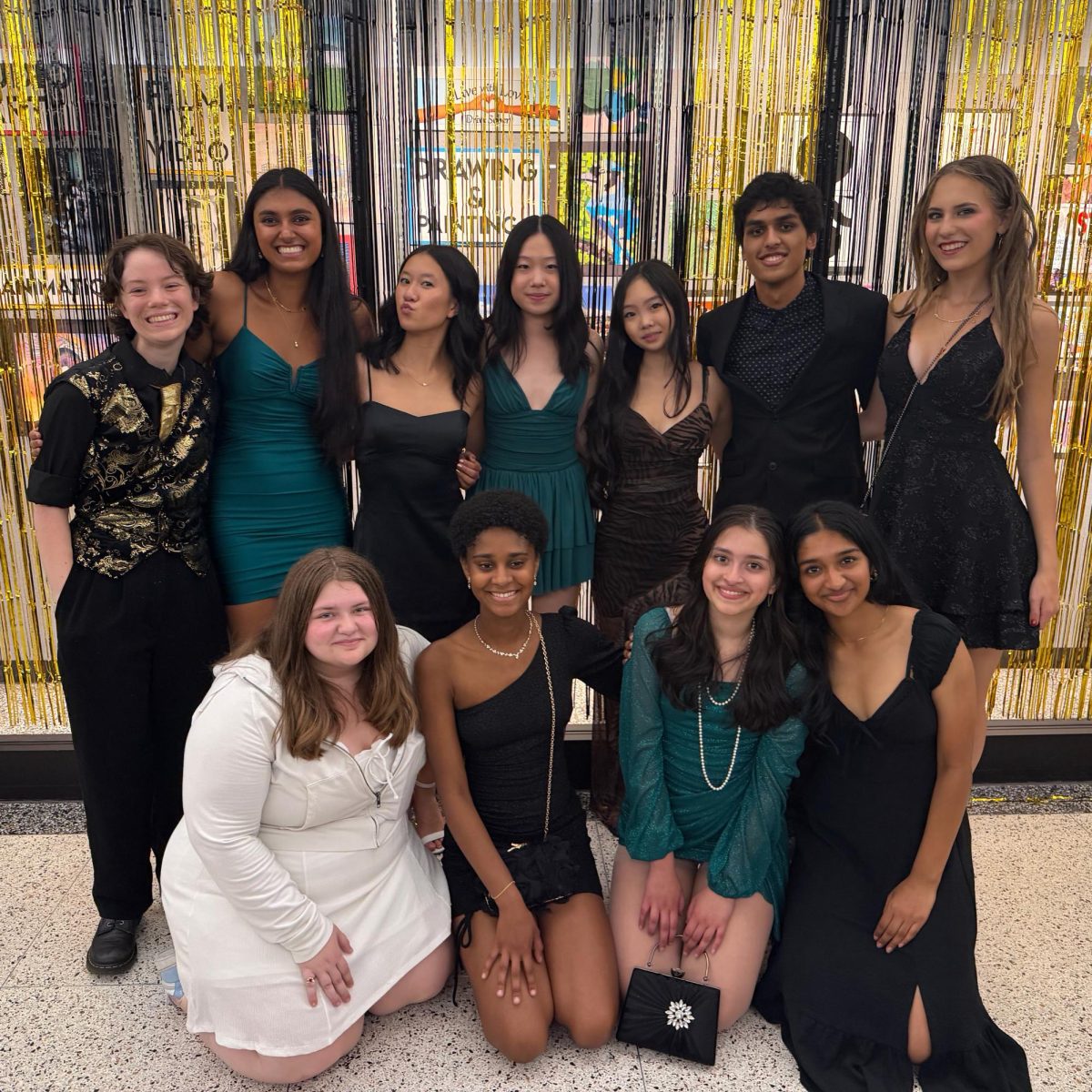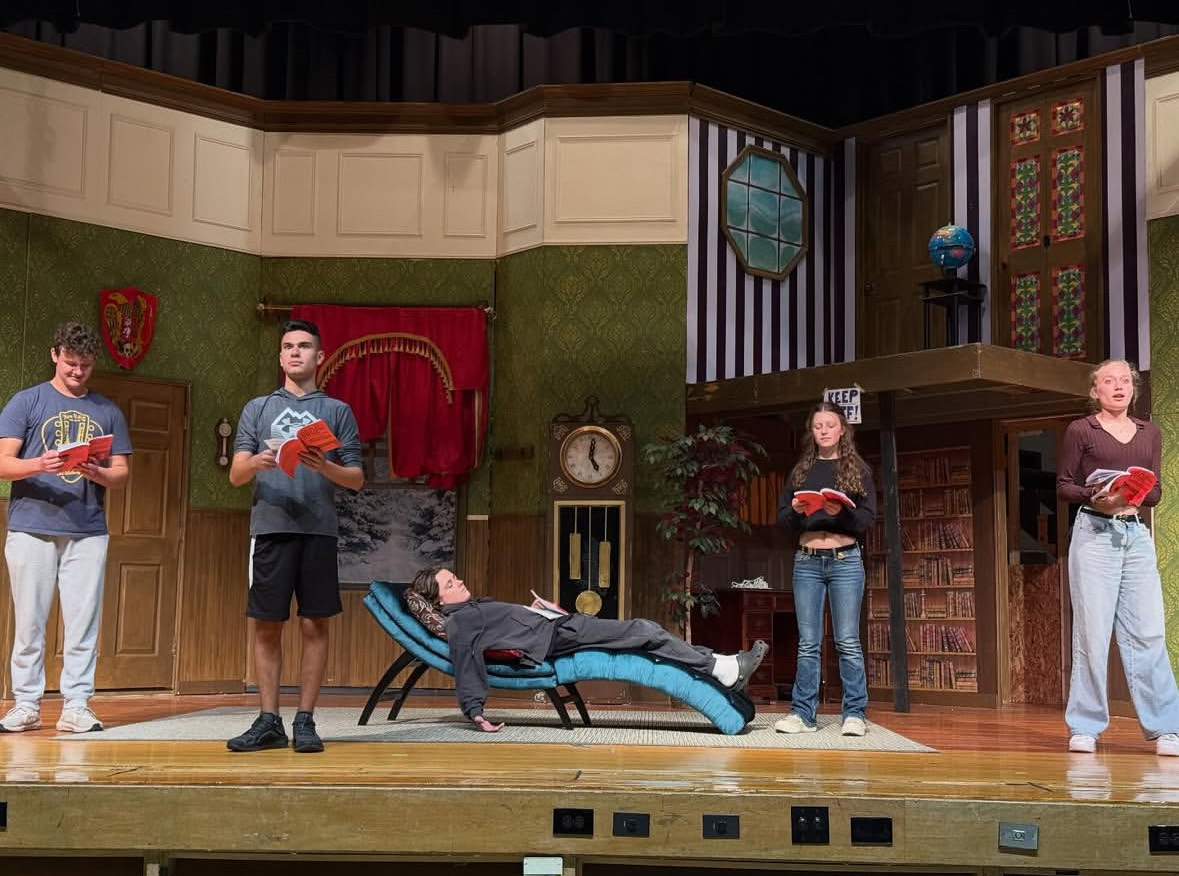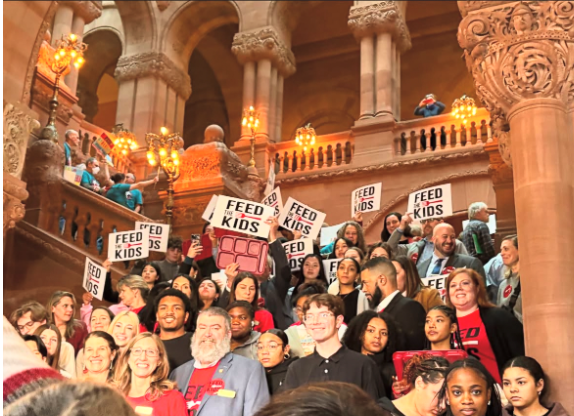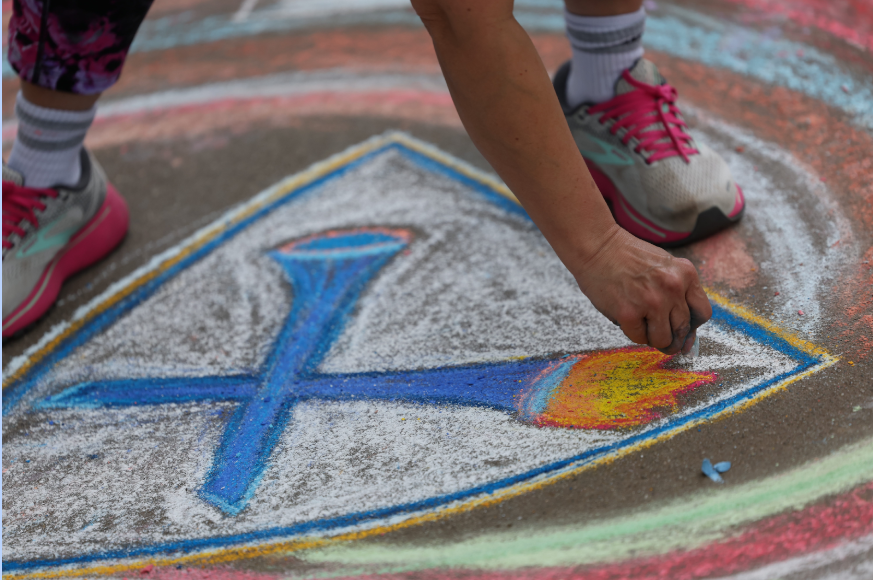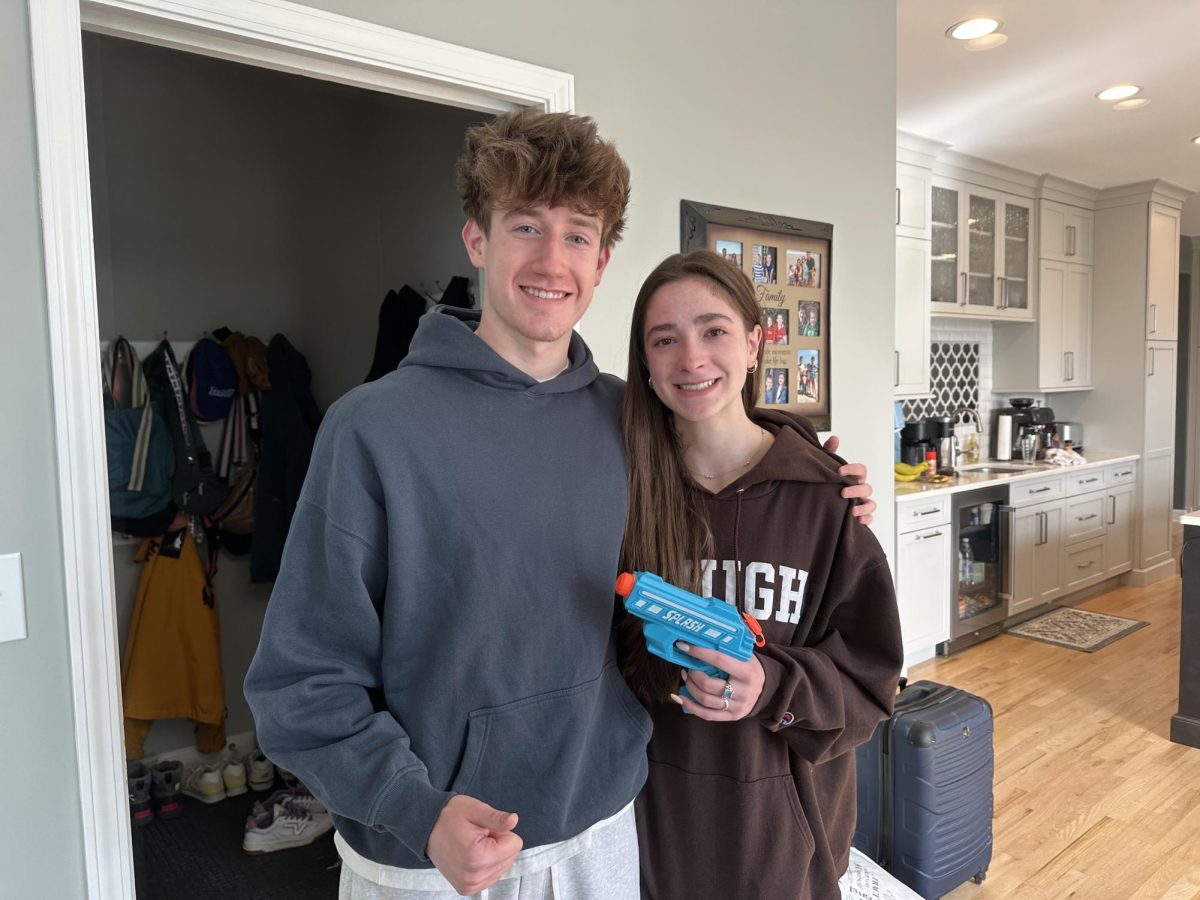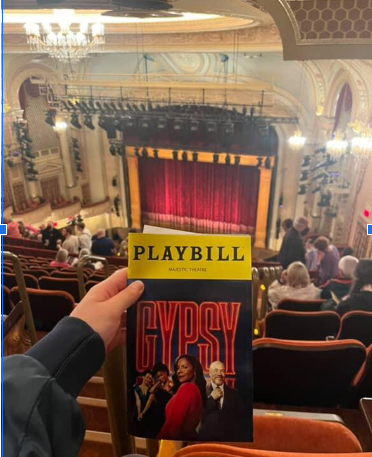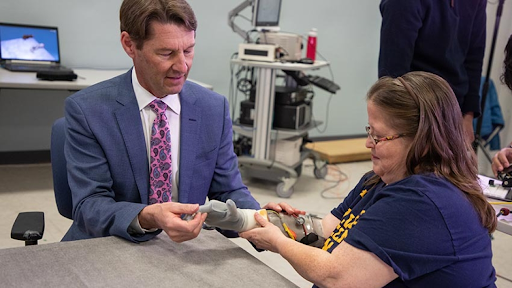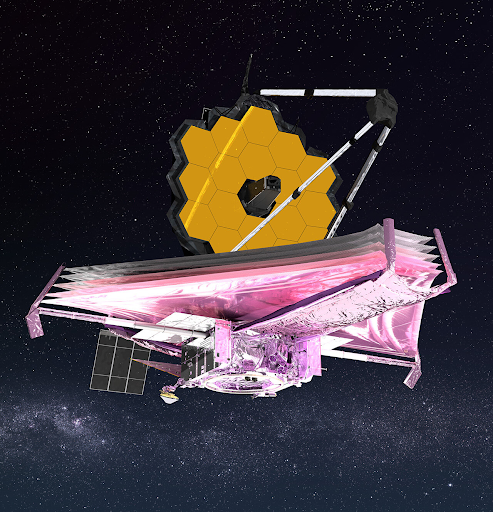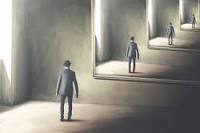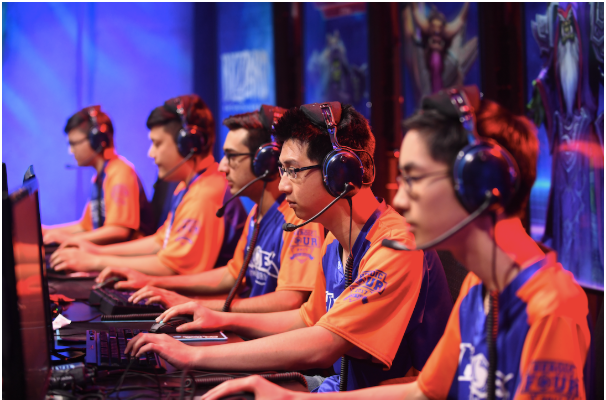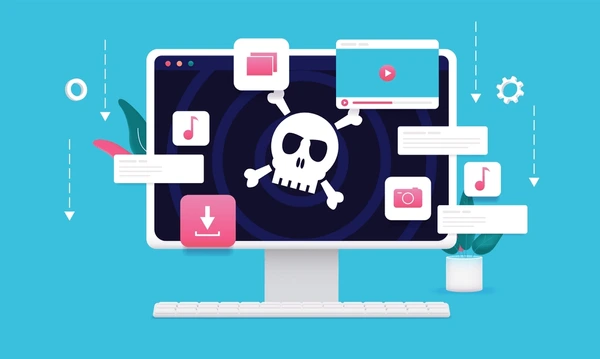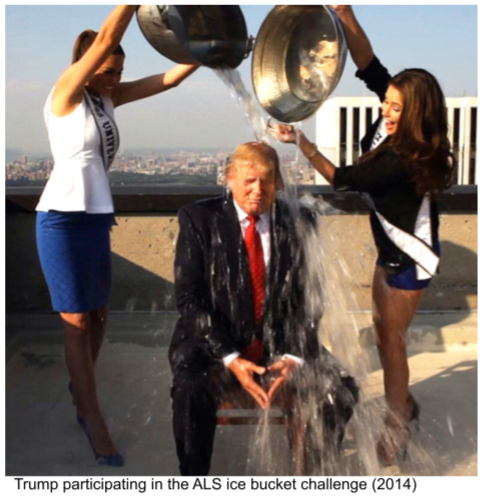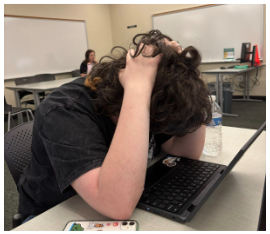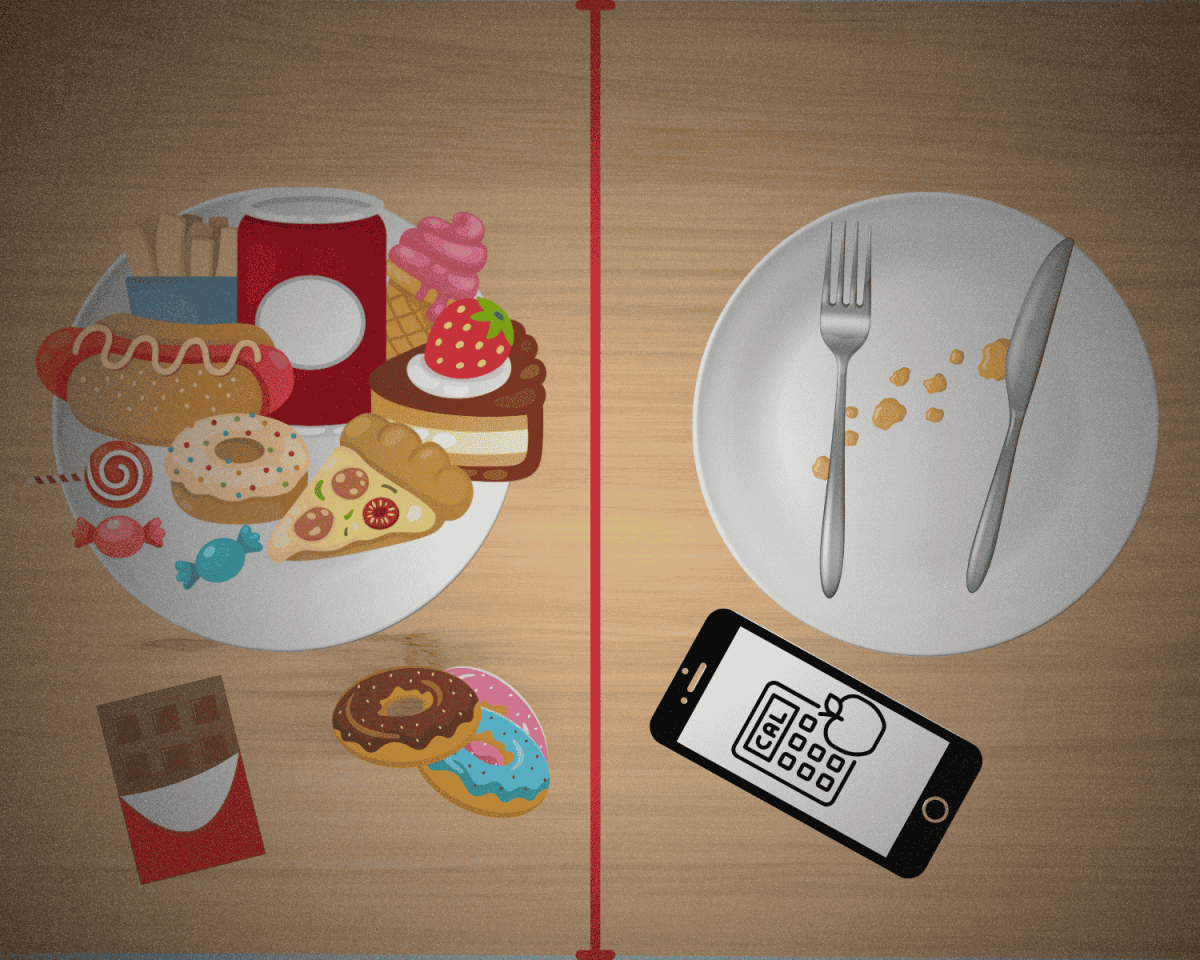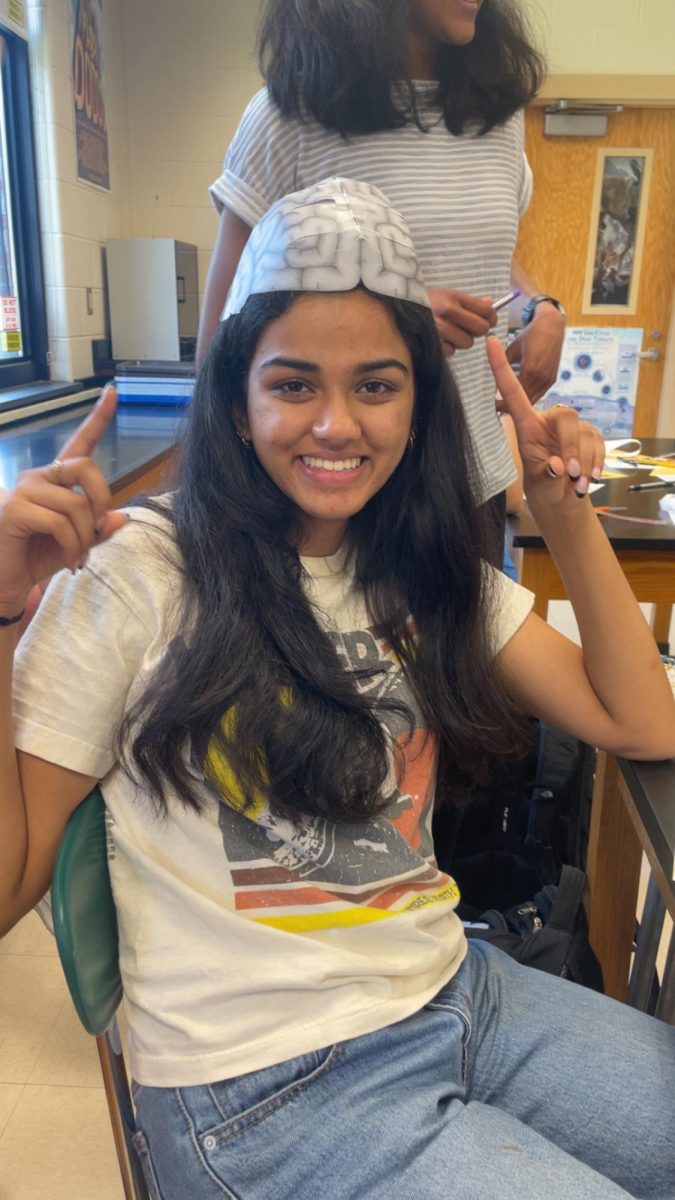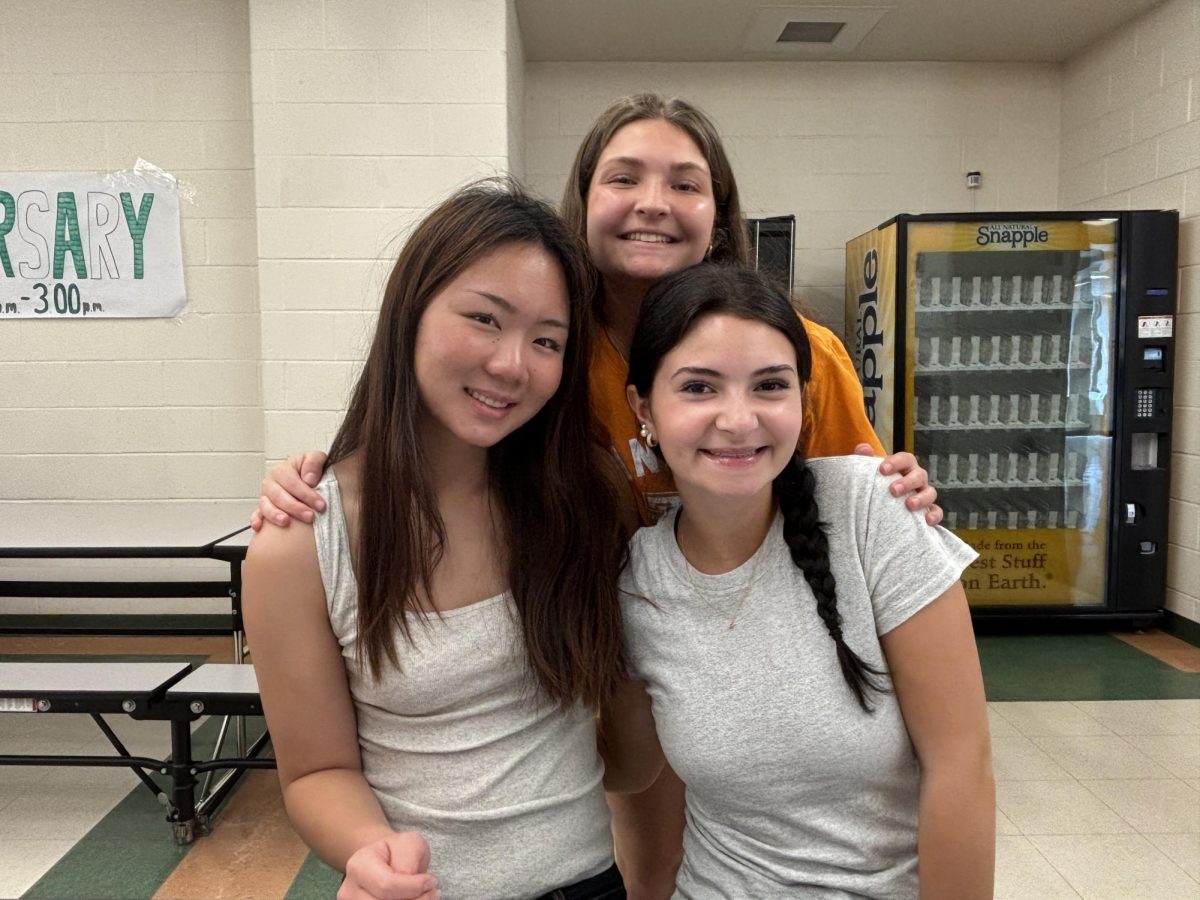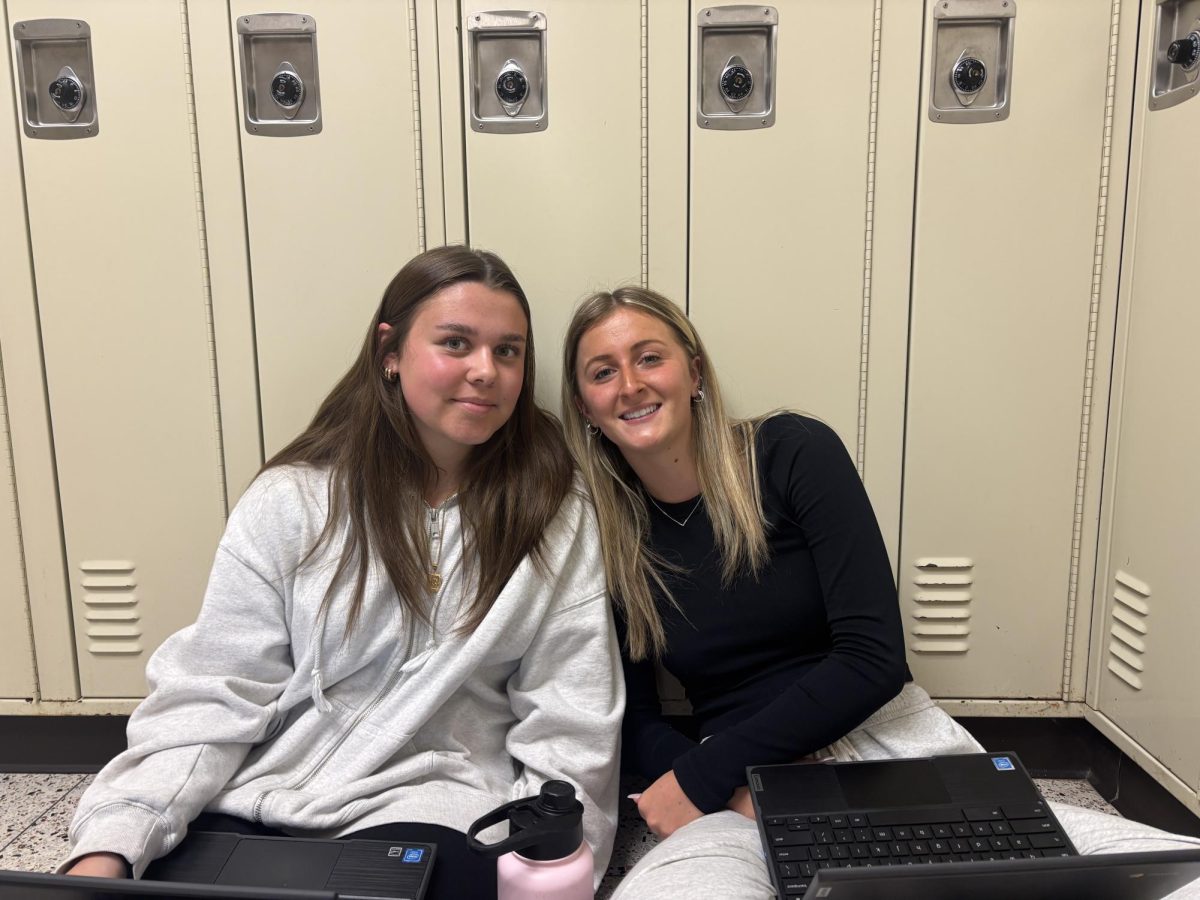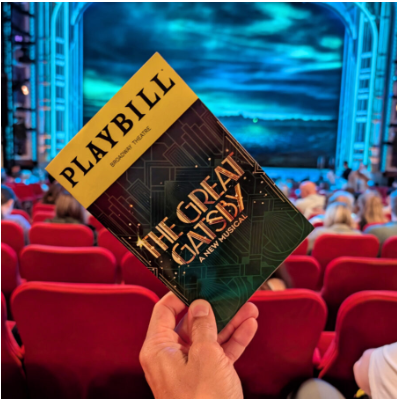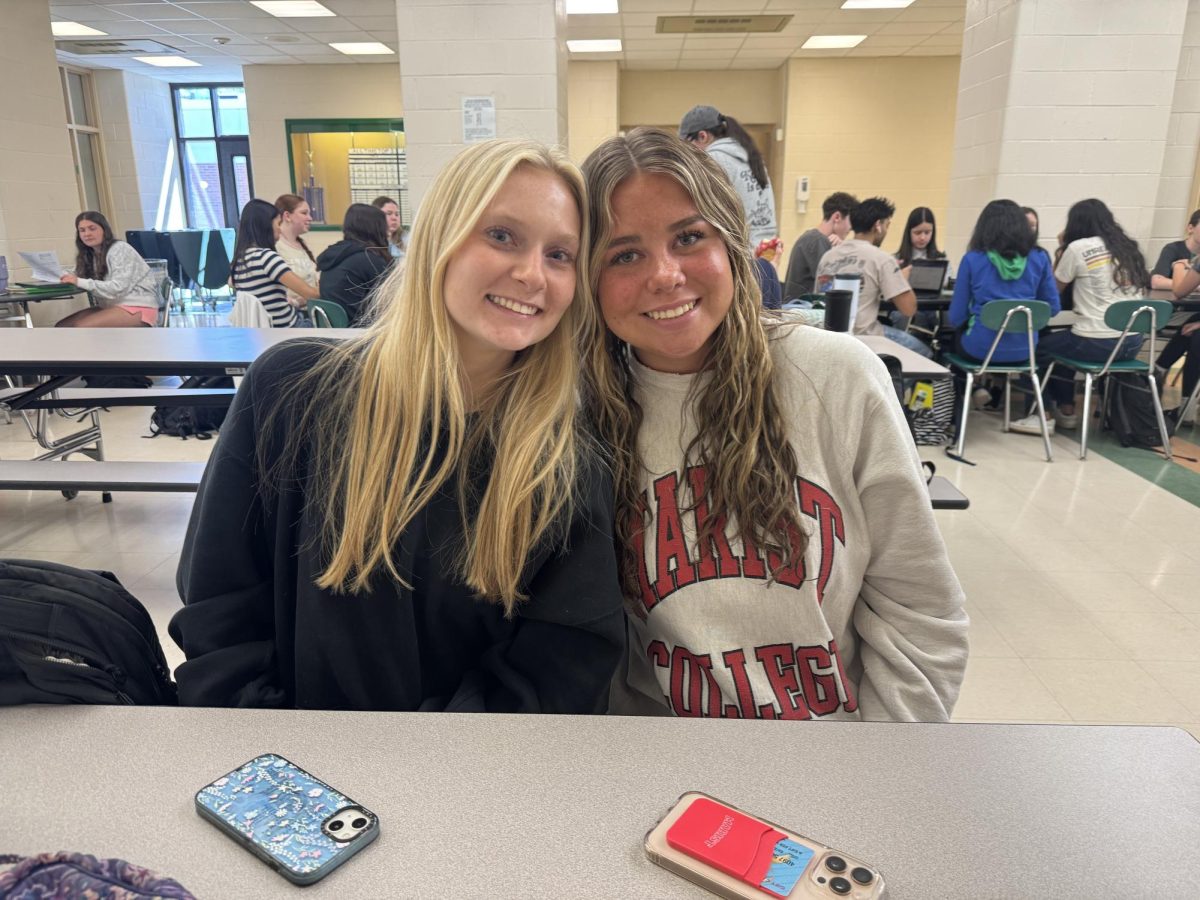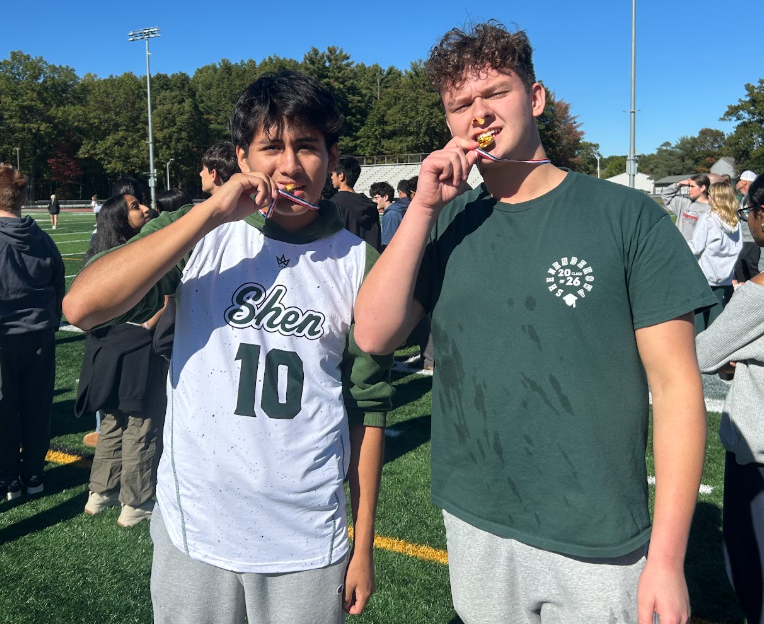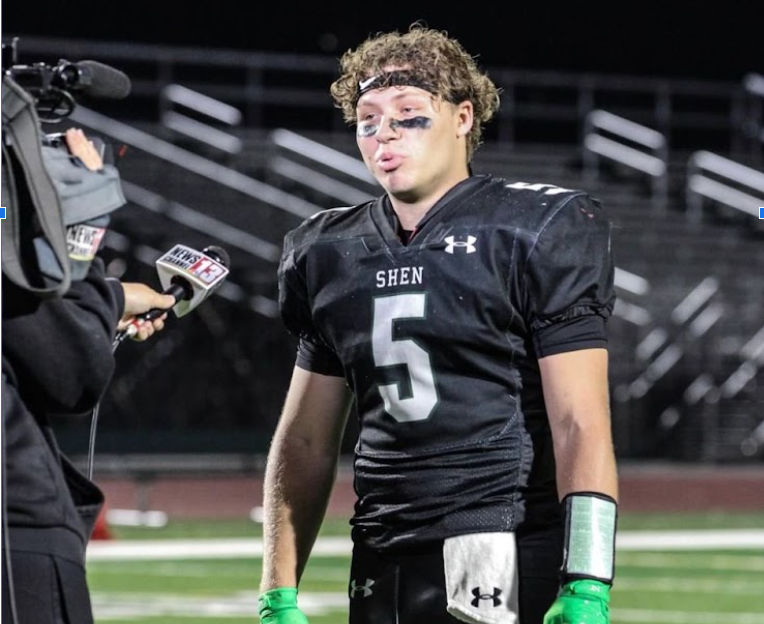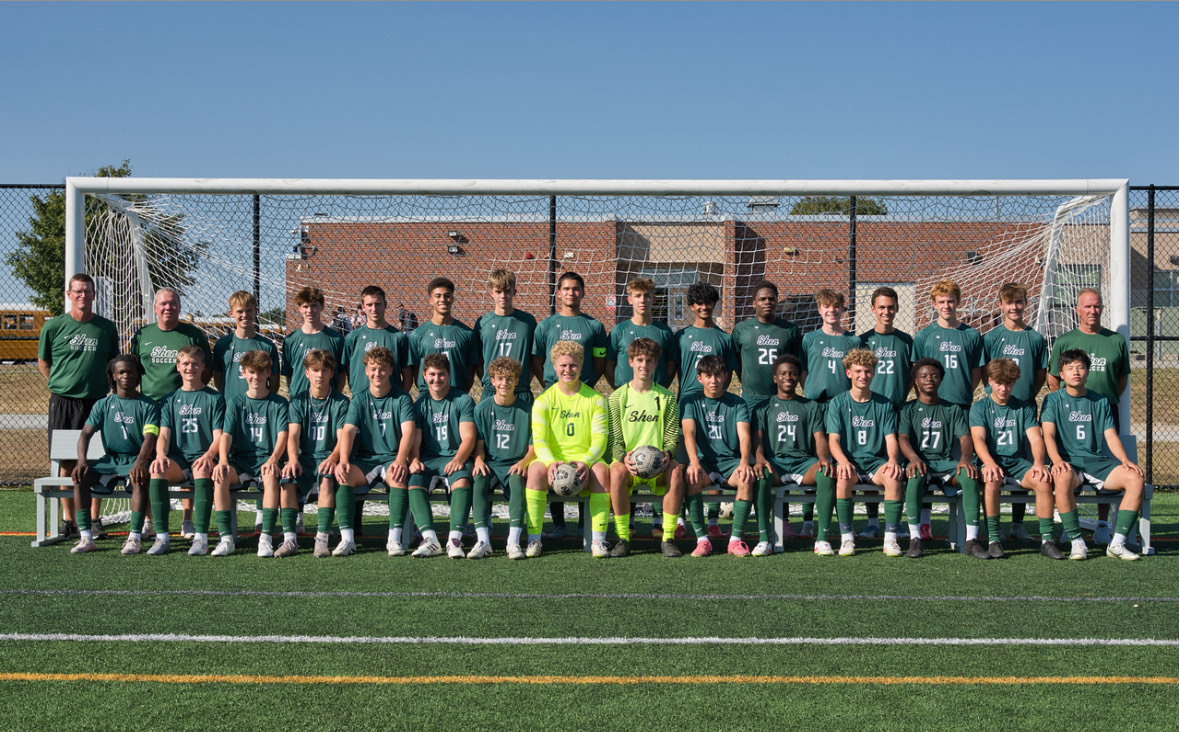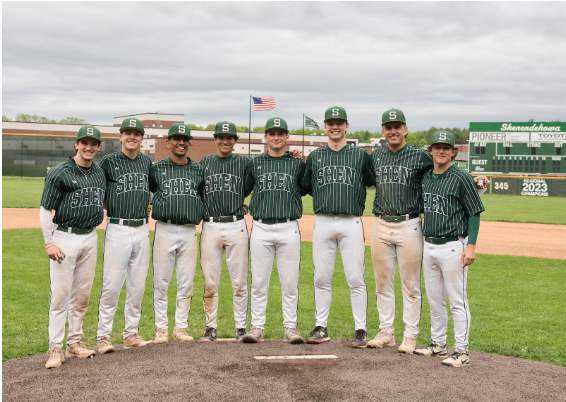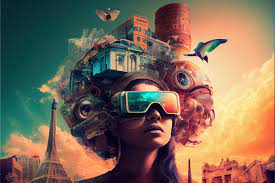
Most people have heard of things like Chat GPT that write things like essays for people. While this presents a major issue, like cheating in school, there are other types of AI that are causing different issues, specifically AI “art.” Although in reality, the images AI makes aren’t art. Someone puts in a prompt for what they want to be made and the AI steals aspects from real artists’ pieces to create the new image. Though some argue that the AI generated images aren’t hurting anyone, AI “art” is detrimental because of the hurtful things that could potentially be created and the risk to people’s jobs.
People can make any image using these AIs. They would just have to put in the prompt for what they want and anything like a silly animal picture or an original image of their favorite characters. Or,an image of an event that never occurred or a bad picture someone can be requested. “Drawing a line: AI art can be fun to generate, but that doesn’t mean it can be used for harm.” explains that there was, “a report by the U.S-based geopolitical risk analyst Eurasia Group notes that as AI technology advances, the possibilities for those using this technology to spread misinformation increase with equal measure.” Imagine the potential issues that could be caused. Scams would likely become an even bigger issue. Pictures of something/someone the victim cares for could be created in order to trick someone into falling for the scam. False videos or images of important people in power could be made, causing issues with other influential people or if severe enough, other countries.
Though artists’ pieces may look better than its AI competition, companies are more concerned about quantity over quality. If they want to get a logo for example, it is mere seconds for AI, compared to the lengthy time it takes for someone to make it by hand. Many whose occupation revolves around making art are fearful they will keep their job for this reason. Personally, I enjoy drawing and I am interested in pursuing graphic design as a potential major in college. I was horrified when I opened Adobe Illustrator, the program I use in my graphic design class, and had a pop up talking about their new AI features. The posters and logo shown looked solid for being made by AI. As the technology improves over the years, I can’t help but imagine that less graphic designers will be needed.
Many AI “art” supporters argue that artists using a reference is similar to AI, since they are both using other images to make something new. But think about it like this, following a recipe when cooking isn’t the same as going out and buying a dish premade. When artists use a reference, they are usually trying to figure out the proportions of what they are drawing and actually learning. For example, if someone wants to draw hands, they may find a reference and draw what they see. Doing so will help them get better in the future and perhaps not need a reference later on. Nobody has what everything looks like exactly memorized. References can help make art more accurate. AI on the other hand, takes art from artists, most of the time without them knowing.
Karla Ortiz was a concept artist who helped create the design of many beloved Marvel characters like Doctor Strange. As told by the Hollywood Reporter, she learned ‘last year that her work at the forefront of multibillion-dollar franchises is being used to train generative artificial intelligence systems without her knowledge or consent.’” She was not paid for her work being used. Spending all of that time and effort mastering your craft, only for it to be stolen must be extremely frustrating and upsetting. I can only imagine how this artist may feel and how other artists in the future will feel as this technology begins to advance.
Though I think mostly negative about the use of AI, I feel that this advanced technology could be used in a way to help people without getting rid of the need for already existing jobs. Hopefully that could happen sometime in the future.
Works Cited
Boggess, Jared. “How AI Short-Circuits Art: When we cut out creative processes, we diminish what gives art its true value.” Christianity Today, vol. 67, no. 9, Dec. 2023, pp. 26+. Gale In Context: Biography, link.gale.com/apps/doc/A776694335/GPS?u=nysl_ca_shen&sid=bookmark-GPS&xid=10dac64c. Accessed 30 Jan. 2024.
Cho, Winston. “Scraping or Stealing? A Legal Reckoning Over AI Looms: Tech giants’ use of copyrighted works to train ChatGPT or Midjourney might violate the law–unless more deals are cut.” Hollywood Reporter, vol. 429, no. 25, 23 Aug. 2023, p. 10. Gale In Context: Biography, link.gale.com/apps/doc/A762992391/GPS?u=nysl_ca_shen&sid=bookmark-GPS&xid=f7aa6222. Accessed 30 Jan. 2024.
Samuel, Sarah. “Drawing a line: AI art can be fun to generate, but that doesn’t mean it’s ethical.” This Magazine, vol. 57, no. 1, July-Aug. 2023, pp. 12+. Gale In Context: World History, link.gale.com/apps/doc/A766108648/GPS?u=nysl_ca_shen&sid=bookmark-GPS&xid=f795e674. Accessed 30 Jan. 2024.
